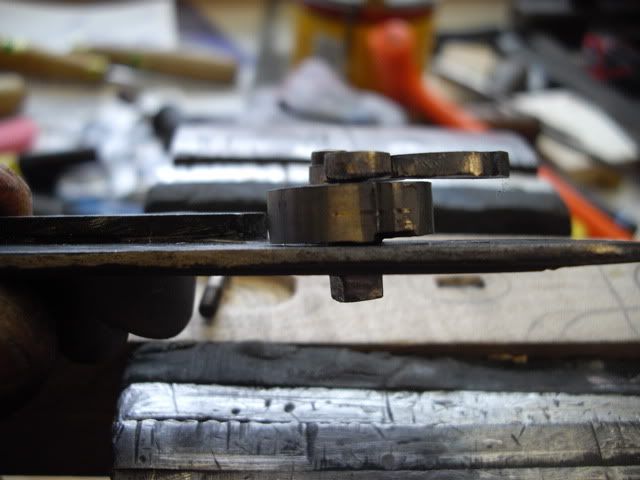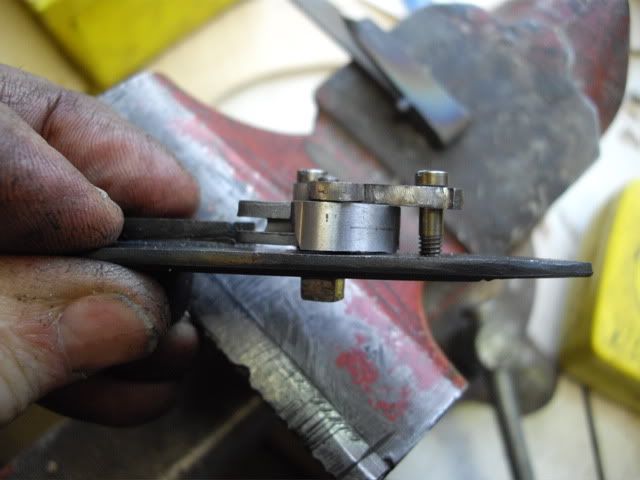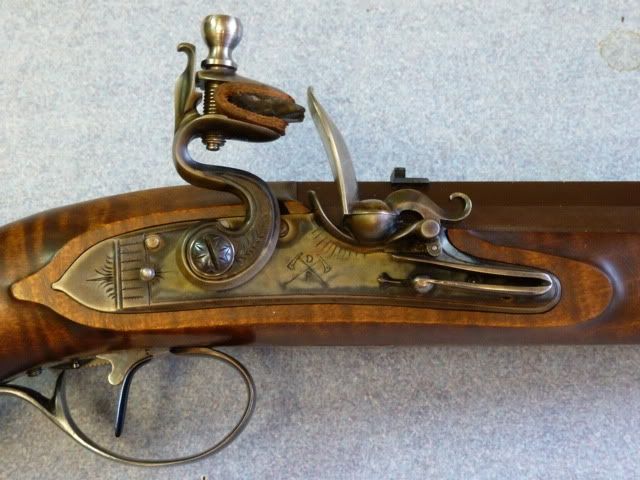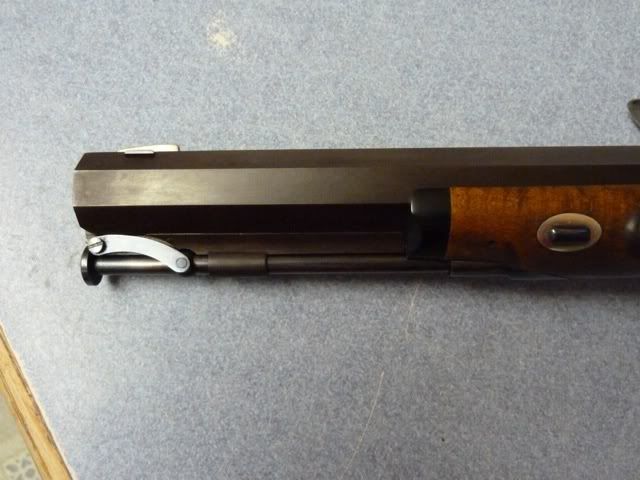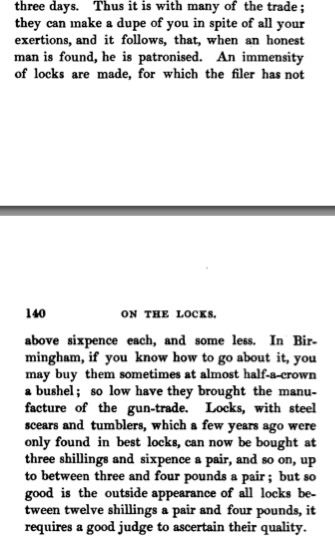With some hands on instruction with some locks to examine it might be possible to explain "good" in this context.
"Good" goes deeper than making a spark or popping a cap. But many here seem to be stubbornly resistant to understanding this. This not intended as insult. It is just a fact based on posts I have made and the responses. Am I the most diplomatic poster? Probably not. But a fact is a fact once the personal feelings are dispensed with. A Honda, for example, is a pretty darned good car. But is it as "good" as a Mercedes? No.
Both are serviceable but one is put together better than the other.
It is impossible for any of the factory mades to have a lock of the quality of a Chambers lock, for example, and sell for what they do. Its REALLY impossible to have a lock like Bob Roller makes and sell for what they do, the lock costs 1/2, or nearly, what the gun does. Most of his production goes to Europe, Americans resist buying quality locks since they cost twice or more what a lock that ranks from pretty darn good to junk costs.
So the factory mades have cheap mass produced locks and other parts because they are designed to sell for what the maker has determined is as much as they can get for them and
still appeal to the mass market. If properly hardened this may provide a decent service life as well. But "good" and "serviceable" are not the same thing and "best" is different than either.
But in the context of the flintlock they are just locks made to sell cheap and there are shortcoming and flaws. I suspect, for example, the parts are "polished" in a large vibrating tumbler with rocks, if they are done at all.
This is why there are no "good" locks on factory mades and a lot of customs have issues as well since many people making "custom" rifles are parts assemblers and not gunsmiths. They use the parts as they buy them. THEY cannot sell the rifle cheap otherwise and by cheap I mean 1200 dollars or so. Some locks on the market are pretty junky and while the design may be excellent (cast from a good grade 18th c. English lock for example) sloppy machining of the castings or changes made to the original design by people who know little or nothing about the workings of the lock result in locks that while excellent when reworked, leaves something to be desired out of the box.
So if I buy a lock for 120 bucks then put 100 dollars (or more) in shop time welding mistakes and makeing or reforming parts, re-arching/replacing the springs to get it back to something like original quality this makes the lock cost $220 or more.
Having a tumbler hole this far out makes the lock DANGEROUS in use.
So I filed the hole by welding, redrilled, reamed, turned the tumbler shaft to clean it up (removing the casting flash in the process) and fit the new hole.
Took off the extra metal added to the **** "stop" in recent years (I have been using this lock now and then for decades on pistols) put it all together, checked function, inlet it into the sock, polished it and sent it off to Wyoming Armory to have it casehardened in colors.
Did I mention I made the set trigger, the guard, the sights and the swivel ramrod and all other small parts from SHEET/BAR STOCK?
"Good" is obviously a relative term.
This is William Greener writing about locks circa 1830 in England.
Many of the locks sent as parts or on guns sent to America were dismal in quality. This goes right back to the beginning of the Colonies and continues right to today. This is why the American Fur Company in 1830 wrote Henry that he should take great care in selecting the Flintlocks for the rifles in the order they were placing.
Finally.
Saying that a GPR or similar does not have a "good" lock is not a personal attack. Its a statement of fact from my perspective on making, assembling, modifying and repairing 18th and 19th C firearms for a greater part of my adult life.
This does not mean they are "unservicable". It means they have features/parts/flaws that prevent them form being ranked as a "good" or "best" quality lock. Just as Greener mentions.
Dan







